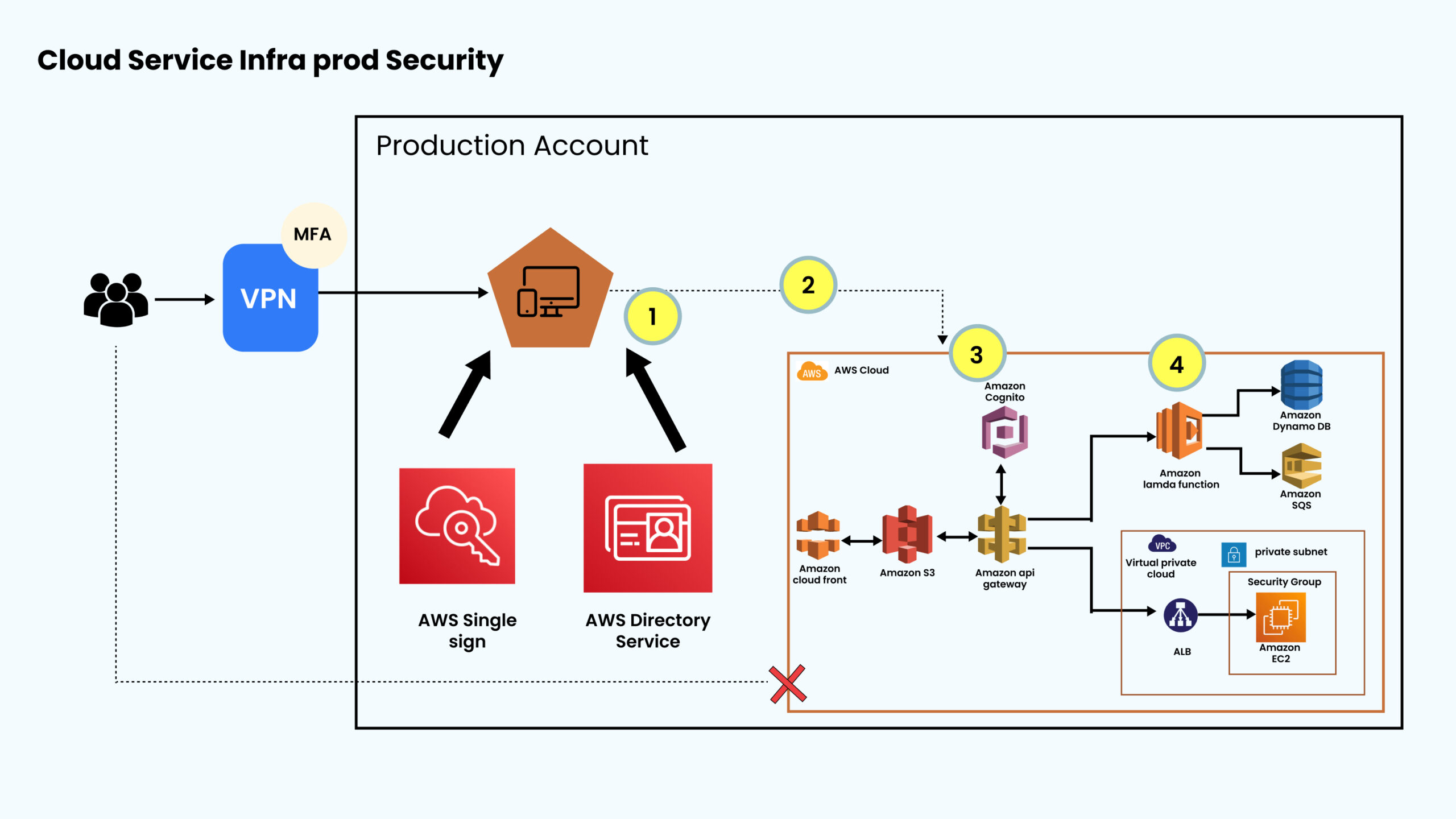Post-COVID-19, there has been a significant increase in the adoption of Remote Patient Monitoring (RPM) globally, including in India. “The India Patient Monitoring Market size is estimated at USD 1.76 billion in 2024, and is expected to reach USD 2.54 billion by 2029, growing at a CAGR of 7.67% during the forecast period (2024-2029).”- Mordor Intelligence. Many factors such as the need for continuous patient monitoring, rising chronic diseases, aging population, growing need for patient convenience, etc. drive the increasing adoption of RPM.
Imagine creating a future in India where patients can actively manage their health from their homes, without having to visit the clinics and hospitals. The vision is not a distant dream and can be seamlessly achieved with RPM. From tracking vital signs to managing chronic conditions and timely medical adherence, RPM offers a holistic solution. It allows patients to leverage the healthcare services from the comfort of their homes, without having to frequently visit hospitals and clinics.
The Current Scenario in India
People residing in remote and rural areas generally face difficulties accessing medical facilities. The lack of access may be due to factors like inadequate infrastructure, a shortage of healthcare professionals, and more.
Also, as per a report from TIFAC, India spends only 3.9% of its GDP on healthcare, below the global average of 6%. The country faces a shortage of doctors with a ratio of 1:1457, compared to the WHO recommendation of 1:1000. The ratio is worse in rural areas at 1:2500. Additionally, about 89 million people live below the poverty line, which further challenges healthcare access.
Adding to these challenges is the rising prevalence of chronic conditions like diabetes, hypertension, and cardiac arrest. These conditions pose a unique challenge and burden on healthcare. The present and traditional healthcare models struggle to meet the changing needs of the patients while increasing the risk of hospitalizations. Let us focus on some stats from India that clearly depicts the rising chronic conditions among the patients.
- The Global Burden of Disease study estimates of age-standardized CVD death rate of 272 per 100 000 population in India is higher than the global average of 235 per 100 000 population.
- As per WHO, in India, an estimated 77 million people above the age of 18 years are suffering from diabetes (type 2) and nearly 25 million are prediabetics.
RPM solution for obvious reasons proves a promising alternative to the traditional healthcare settings by enabling continuous monitoring and management of chronic diseases. “The size of the Remote Patient Monitoring market in Asia Pacific was worth USD 796.15 million in 2022 and is estimated to be growing at a CAGR of 14.39% to reach 1559.33 million by 2027.”- Market Data Forecast
Leveraging an efficient RPM solution allows healthcare providers to continuously monitor the patient’s condition and intervene timely. RPM can bridge the gap between the patient and healthcare provider, while ensuring that the patients living in remote areas can access the services.
The Promising Benefits of RPM
Let us explore the benefits it offers that encourage hospitals to integrate it into their daily routine.
1. Healthcare is Accessible to all
As per National Library of Medicine, nearly 86% of medical visits in India are made by rural residents, with many traveling over 100 km for healthcare. This travel costs 70%-80% out-of-pocket, often pushing them into poverty.
With RPM solution, patients in India can receive timely consultation, intervention, and medication adherence at the comfort of their home. For individuals with illness or chronic conditions, it is difficult to visit hospitals, stand in queues, and wait for their turns. RPM ensures that there is seamless communication between physician and patient, their long-term data and history is shared with the physician that is very beneficial for patients with chronic illness. The continuous monitoring of vitals helps patients to take preventive measures whenever needed.
2. Reduces Cost
“By improving clinical outcomes, early diagnosis of diseases and increased accuracy in treatment – medical devices have resulted in reduction of lifetime cost of disease burden. Through India specific frugal innovation, the price point of medical devices has also come down resulting in reduction of overall cost of care.”- Deloitte
With RPM, there is a reduced hospitalization, readmissions that allows healthcare practices to allocate their resources more efficiently. This optimization helps the healthcare management to reduce the overall operations costs.
3.Makes Healthcare Consumer-Centric
With the integration of cloud healthcare systems, healthcare practices can significantly improve the patient’s experience. Remotely generated data allows healthcare providers to record, analyze, and predict patient conditions, enabling clinicians to prevent complications and treat patients timely. These insights are valuable for condition management and patient engagement, making healthcare more personalized for the patients.
4. Empowers Primary Physicians and Hospital Doctors
Primary care physicians and hospital doctors play a critical role in managing healthcare and other chronic diseases. In that case, RPM offers comprehensive and up-to-date data for the patient, helping them make informed decisions. As per Grand View Research, “Asia Pacific is expected to witness the fastest CAGR for remote monitoring over the forecast period owing to the presence of untapped opportunities in the emerging markets of India and China. Rising cases of chronic disorders are a significant factor contributing to expanding the remote patient monitoring market in India.”
RPM allows for adjustment in treatment plans accordingly by the physician, adjusting their medication dosage, and lifestyle recommendations. It ultimately helps in more effective disease management.
RPM Implementation Challenges and Ways to Overcome
Healthcare organizations in India face many challenges in implementing the RPM solution. Here are the key challenges and potential solutions.
1. Infrastructure Constraints
From Internet connectivity to robust IT support, there is a significant initial cost set up and then the maintenance for the RPM solution implementation. Internet accessibility in both remote and urban areas is one of the challenges organizations face.
Reliable internet and network infrastructure are vital for RPM systems to function seamlessly. Hospitals need to integrate RPM systems with their current Electronic Health Records (EHR) and other medical software.
2. Technological Limitations
RPM devices’ compatibility with the existing system is another challenge for hospitals and can be complicated. Integration with pre-existing EHR (Electronic Health Record), patient management systems and more is often not simple.
With standardized protocols, interoperability, these challenges can be mitigated and can ensure seamless flow of information. Also, the data collected from RPM devices must be accurate and reliable, therefore rigorous testing and validation of these devices to promptly detect the inaccuracies.
3. Cost Barrier
The cost of implementing an RPM solution can be a major challenge for organizations with limited resources and budget. From initial purchase of devices to infrastructure setup, installation, staff training, ongoing maintenance and support, the expenses are high initially.
However, RPM offers a plethora of long-term benefits for all the stakeholders like reduced hospitalizations, in-person visits, and long hospital stays, ultimately saving substantial cost in the long term.
4. Regulatory Frameworks
Health Data Management Policy (HDMP), Digital Information Security in Healthcare Act (DISHA), Telemedicine Practice Guidelines, and others are a few critical healthcare regulatory frameworks that must be complied with to ensure high standards of privacy and security.
It is vital to use RPM solutions that comply with these regulations to ensure the privacy and security of patient data. All the devices and software used in RPM must undergo rigorous certification and approvals by regulatory bodies, which can again be a costly and time-consuming process.
As per ICLG, “On August 11, 2023, India enacted the Digital Personal Data Protection Act, 2023 (DPDP Act).” This legislation governs the management of personal data within India, aiming to safeguard individual privacy while setting up a comprehensive data accountability and governance framework.
5. Right Training and Awareness
RPM is still a new concept for some geographies, and therefore its effective implementation requires staff training. Healthcare providers and staff must be trained in how to use the technology, interpret data, and integrate RPM into their workflow. Also, spreading more awareness about RPM among the stakeholders can help in its adoption. Not only healthcare providers, but patients must also understand the RPM solution correctly.
Furthermore, for effective implementation of RPM, collaboration between different stakeholders like government bodies, healthcare organizations, the private sector and more is vital, to ensure the necessary infrastructure is obtained and scalability of RPM solution is achieved. There are community health workers like ASHAs, who must be trained effectively to ensure that patients remotely can leverage the benefits of RPM.
Epilogue
For India, to realize the potential of RPM, efforts are needed to overcome the challenges. Investing in the right infrastructure, protocols, compliance with regulatory frameworks, training and awareness programs can help manage the RPM efficiently.
Embracing RPM is not just an option but a necessity for a sustainable healthcare system in India. By doing so, India can bridge the gap between patients and healthcare providers, ensuring that quality healthcare is accessible to all, no matter what their location is. Are you a healthcare organization and want to implement an RPM solution? It is time to act. Reach out to us now!







